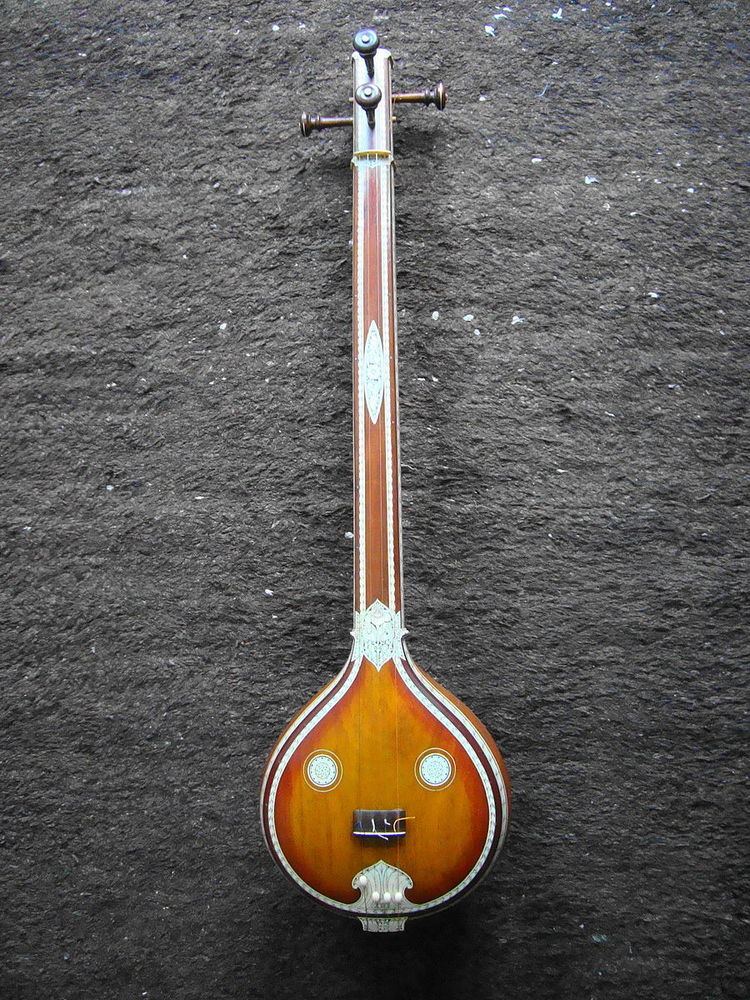 | ||
Kāpi is a popular rāga in Carnatic music, the classical music of South India. Kāpi is a janya rāgam with a meandering vakra scale. It is considered to be derived from the Kharaharapriya rāgam. Typically performed at slow and medium speeds, it is capable of inducing moods of devotion, pathos and sadness in the listeners. Kāpi is different from the Hindustani raag and thaat Kafi. The equivalent raag in Hindustani is Pilu
Contents
Structure and Lakshana
Kāpi is an audava-vakra sampoorna rāgam with an ascending pentatonic scale and a descending scale with seven notes, but not in a descending order. Use of Kakali Nishadam and Anthara Gandharam make it a Bhashanga Raagam.
The presence of different nishāda swarās (N2 and N3) lends a distinctive quality to Kāpi, along with the fact that it uses a set of vakra swarās (N2 D2 N2).
There is also a mild presence of shuddha daivatham (D1) that renders an invaluable feeling of devotion to the raagam. This, and the presence of Anthara Gandharam (G3) makes it difficult to pinpoint the exact nature of the avarohana of the raagam.
Compositions
Some of the popular compositions in Kāpi are:
